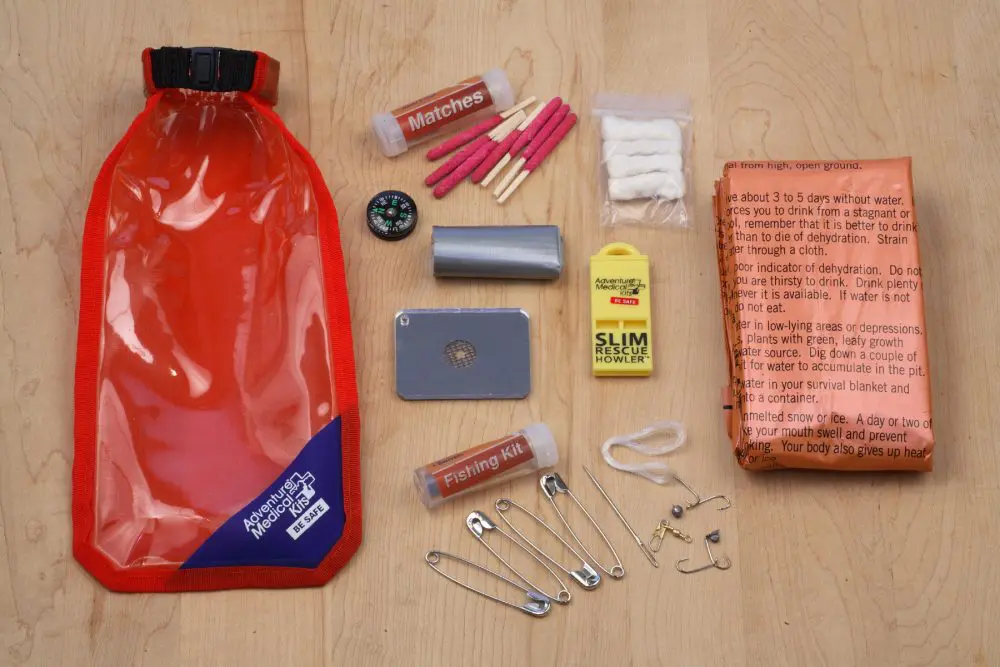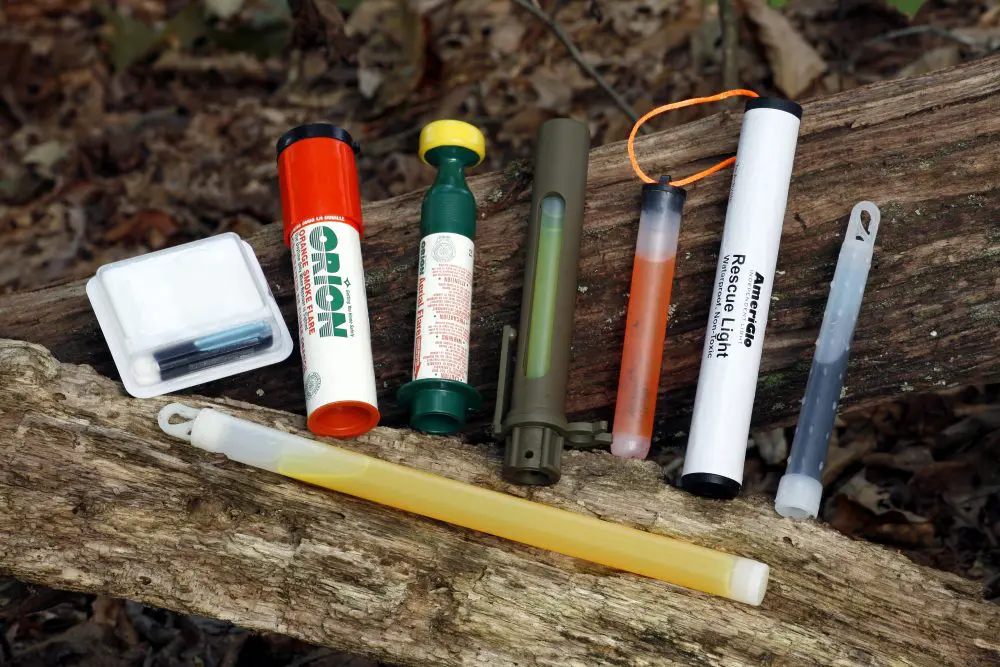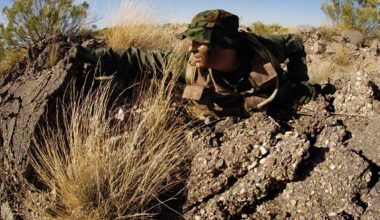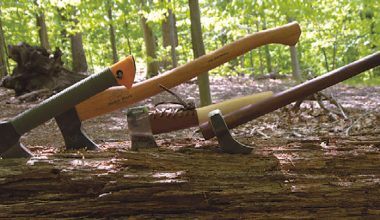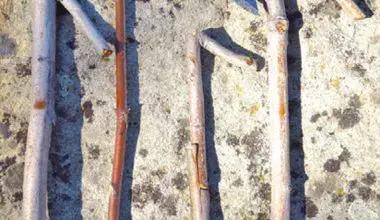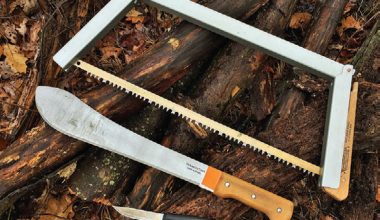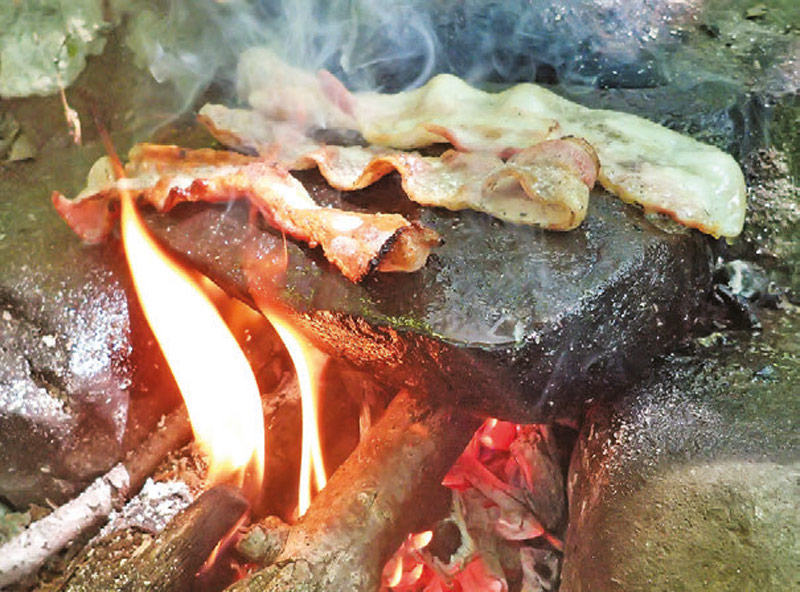
IN the August issue, we covered simple food suitable for backcountry adventures that were non-cook items as well as food requiring just hot water. This issue we’ll discuss how to cook simple food over an open fire without the use of conventional cookware.
A couple of years ago, I was on a backcountry camping trip and met a few other campers who were not fond of my style of cooking. They asked me why I wanted to “behave like a caveman,” cooking on rocks and sticks. They had the latest high-tech cookware and portable stoves—nice gear, but it weighed a lot more than carrying just the food and using a campfire plus natural materials provided by the wilderness to do my cooking.
Granted, using an open fire is not always practical or legal in every state. This is one reason for backpacking stoves. But the big picture is knowing and practicing the skills used on a daily basis by early settlers and our ancestors.
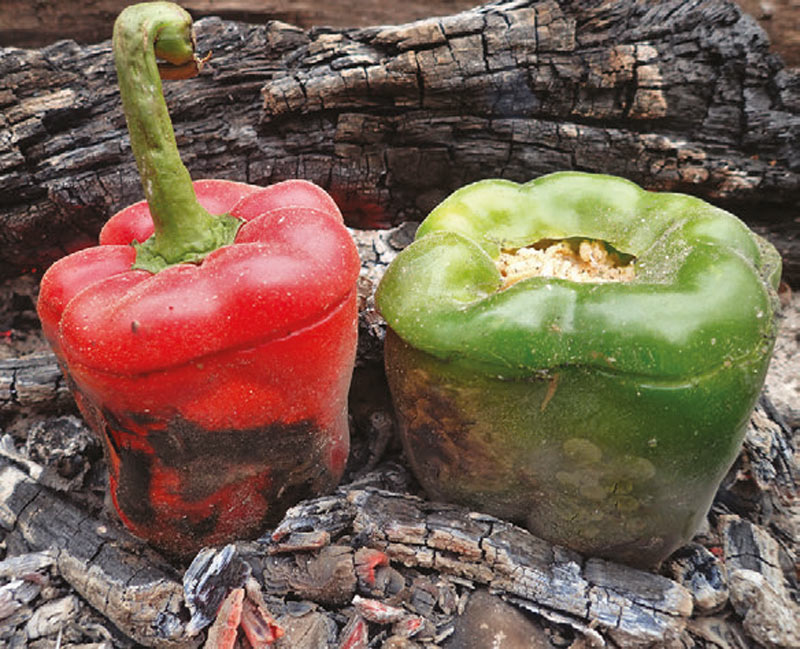
Table of Contents
BACON FRYER
My favorite way to cook bacon in the backcountry is frying it. Taking a skillet or actual frying pan is ideal for an established camp, yet not always practical. Besides, its weight and bulk are too cumbersome for bugging out or backcountry traveling afoot.
In many parts of the world, a relatively flat, wide rock can be located and serve as a frying pan. The best way I have used this method of cooking is by creating an oven-like shape with the rocks, raising the frying rock up and having it supported by two other small rocks. Sometimes the whole set-up is backed by another flat rock or larger boulder.
Make a fire under the frying rock, warming it up slowly. Wood can be fed from the front, allowing some control of the flame. All types of meat can be cooked like this, as well as vegetables.
COAL COOKING
Cooking directly on hot coals is a way to cook meat, eggs, potatoes, corn on the cob (still in the husk), and peppers without a pan or grill. A pair of tongs or a good forked poking-stick is a must to move food safely without burning one’s hand.
The best way to get a solid bed of cook coals is to first make a fire with whatever wood is available, then put hardwood on the fire and let that burn for a long time to produce the hottest coals to cook over. Softer wood only gets you ashy coals that won’t get hot enough for cooking, while hardwood produces hotter, harder coals that won’t crumple under the weight of a steak or piece of chicken.
I’ve cooked chicken and pork chops directly on hot coals with great results. A little ash on meat adds to the flavor and won’t hurt you at all. Simply treat the bed of coals as you would a pan.
Cooking eggs is a little tricky. First poke a small hole into the shell at the top, then carefully push the egg into the coals and leave it for about 15 to 20 minutes, though cook time always varies depending on the quality of the coals and many other factors. Again, tongs are needed to retrieve the eggs, as they will be very hot.
Potatoes are simple. They can be pushed into the coals or just laid on top of the coals and then rotated. Corn on the cob is best with the husk still attached. Soak it in water so it retains some moisture and put it on top of the coals. The water turns into steam and cooks the corn with both heat from the coals and the steam.
Bell peppers are fun to cook over a bed of coals. I like to remove the top of the pepper, clean out the seed core, and stuff it with rice (precooked), mushrooms, onions, and cut-up sausage. I then put the top back on and place the pepper on the coals, burrowed in a bit. The best things about this way of preparing peppers are that the insides can be eaten with any utensil and the pepper serves as the cooking apparatus, bowl and food.
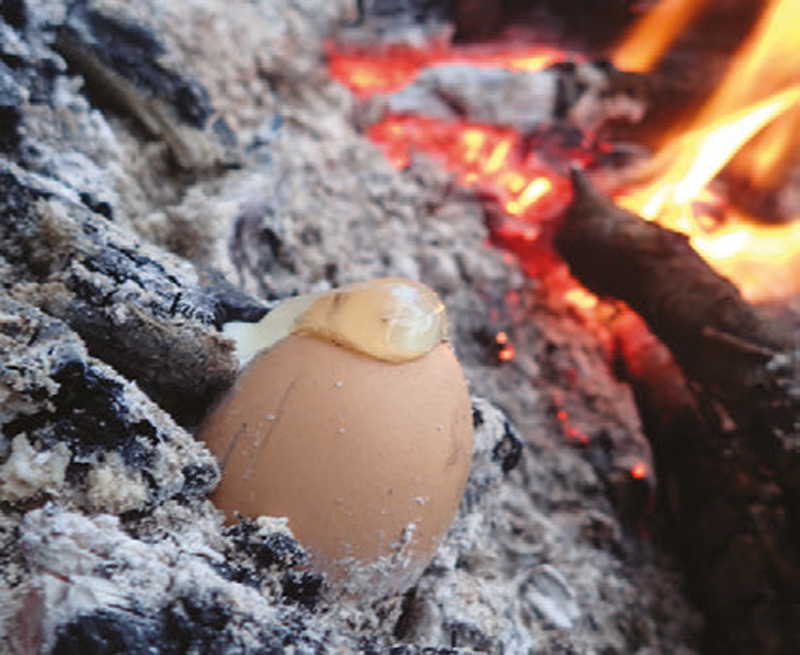
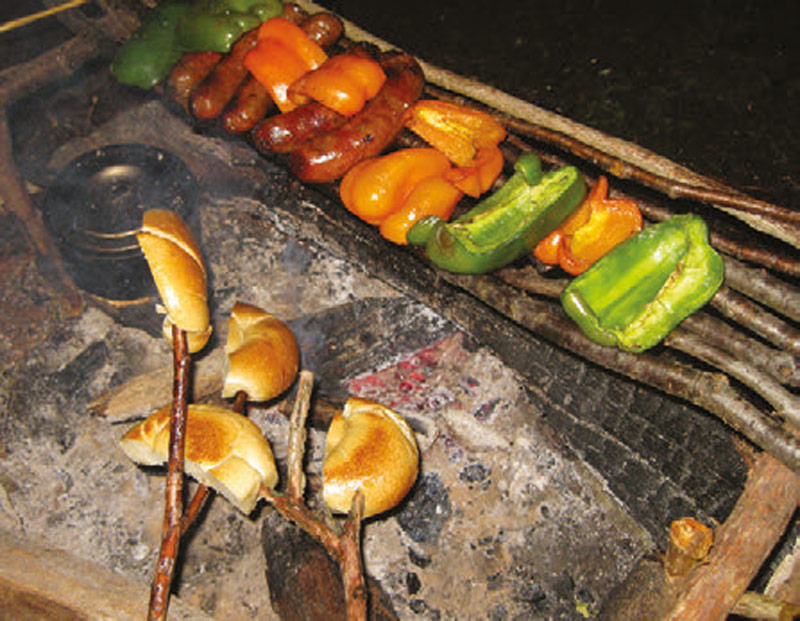
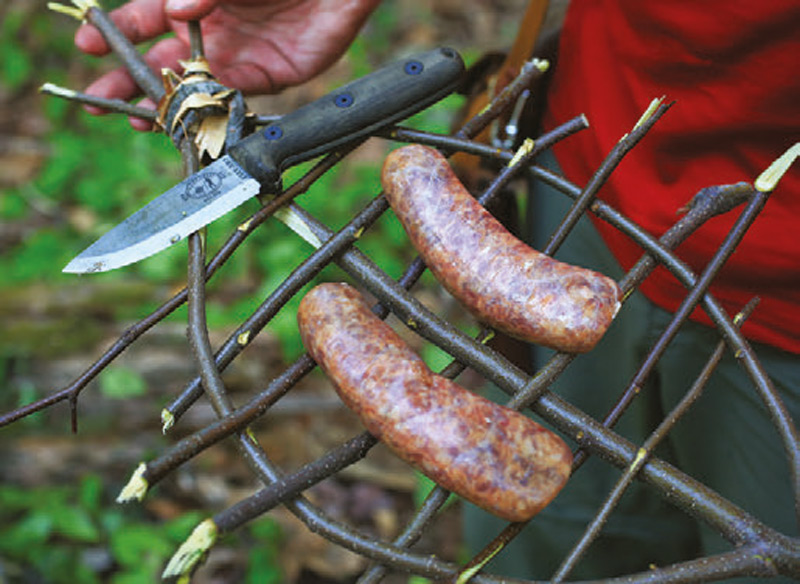
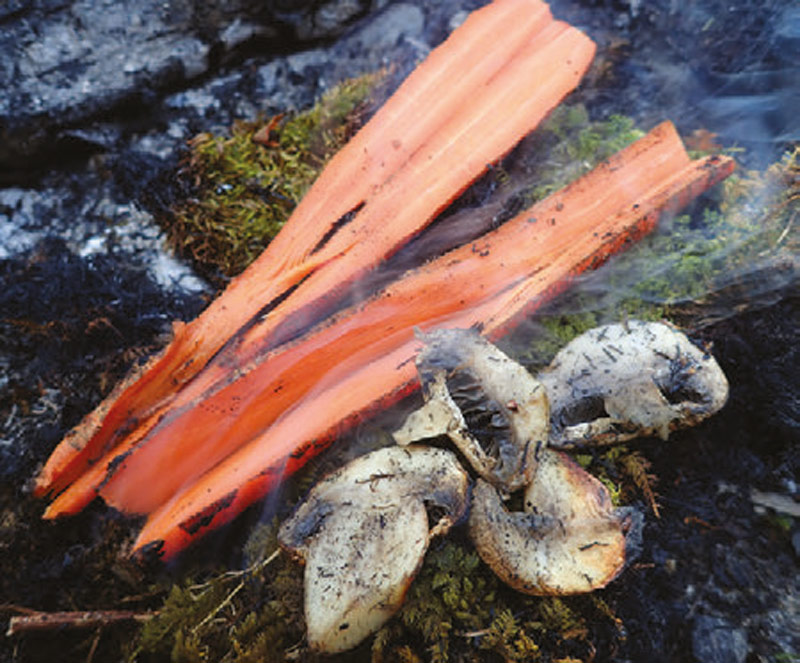
MOSS STEAMING
Steaming is my favorite way to cook vegetables in the backcountry. Reindeer moss and sphagnum moss work well for this type of cooking. I have steamed carrots and mushrooms with great success over an open fire.
I usually have a fire going and wait for it to die down low before putting a bundle of green moss on top of the flame. Then I add veggies on top of the moss and cover it with another thick bundle of moss to keep the moisture in. Even if the flames go out, the heat from the coals keeps the steaming action going. When the moss dries out, it can catch on fire, so attention is required.
COOKING RACK GRILL
This is a decades-old technique that I learned in the Peruvian Rainforest. It requires a little ingenuity and some green sticks. Making a cooking rack or grill is much like making a raised bed (swamp bed) to sleep in the jungle. Four Y-shaped (forked) sticks are stuck into the ground and act as corners of a rectangle. Cross-sticks are laid across the forked sticks. The last step is to procure green sticks about the thickness of your thumb and lay as many of them as needed on the support sticks (lengthwise). This forms the grill.
The size of the grill has everything to do with the size of the campfire and the amount of food that needs to be cooked. With this kind of grill, eventually a piece of meat, pepper or bread will be lost to the fire, especially if there aren’t enough sticks initially laid down when building the grill. The best thing to do when using a grill like this is to make a pair of tongs to help move the food around more efficiently and to retrieve food that may have been sacrificed to the fire gods.
Who needs pots and pans when nature provides? Try these techniques the next time chance allows, and see what dishes you can muster up. If it fails, there’s always SPAM!
